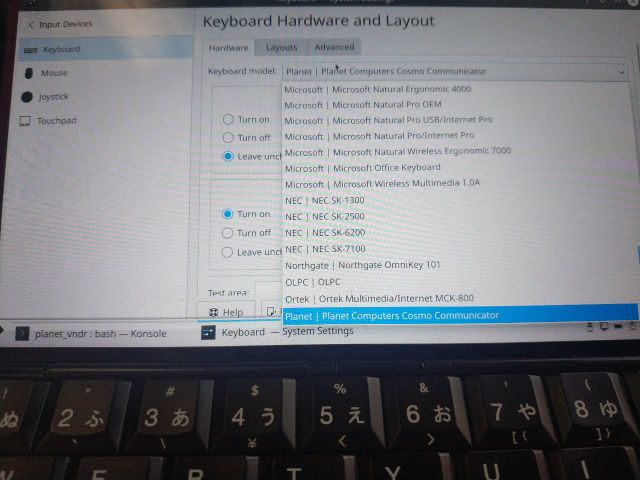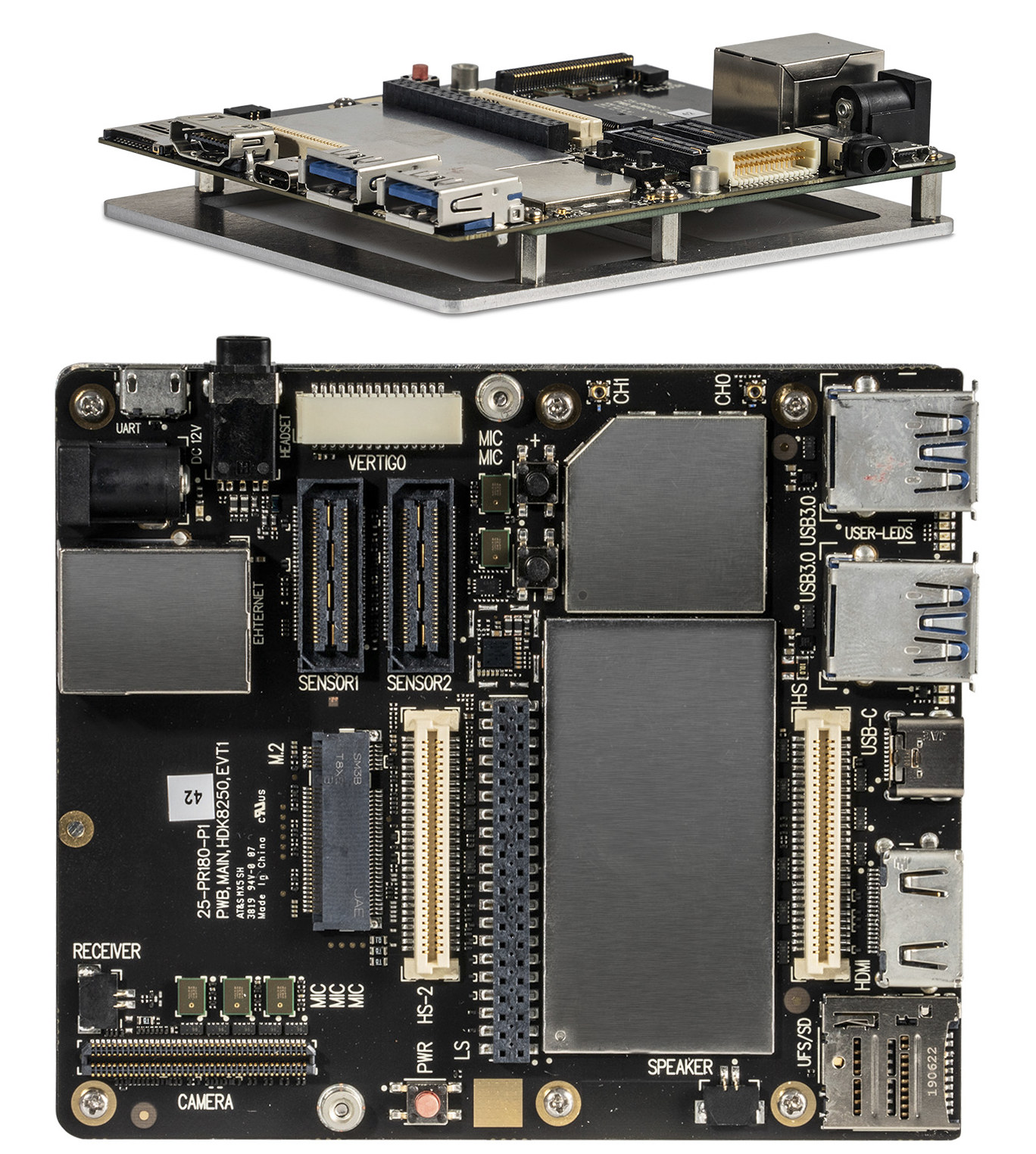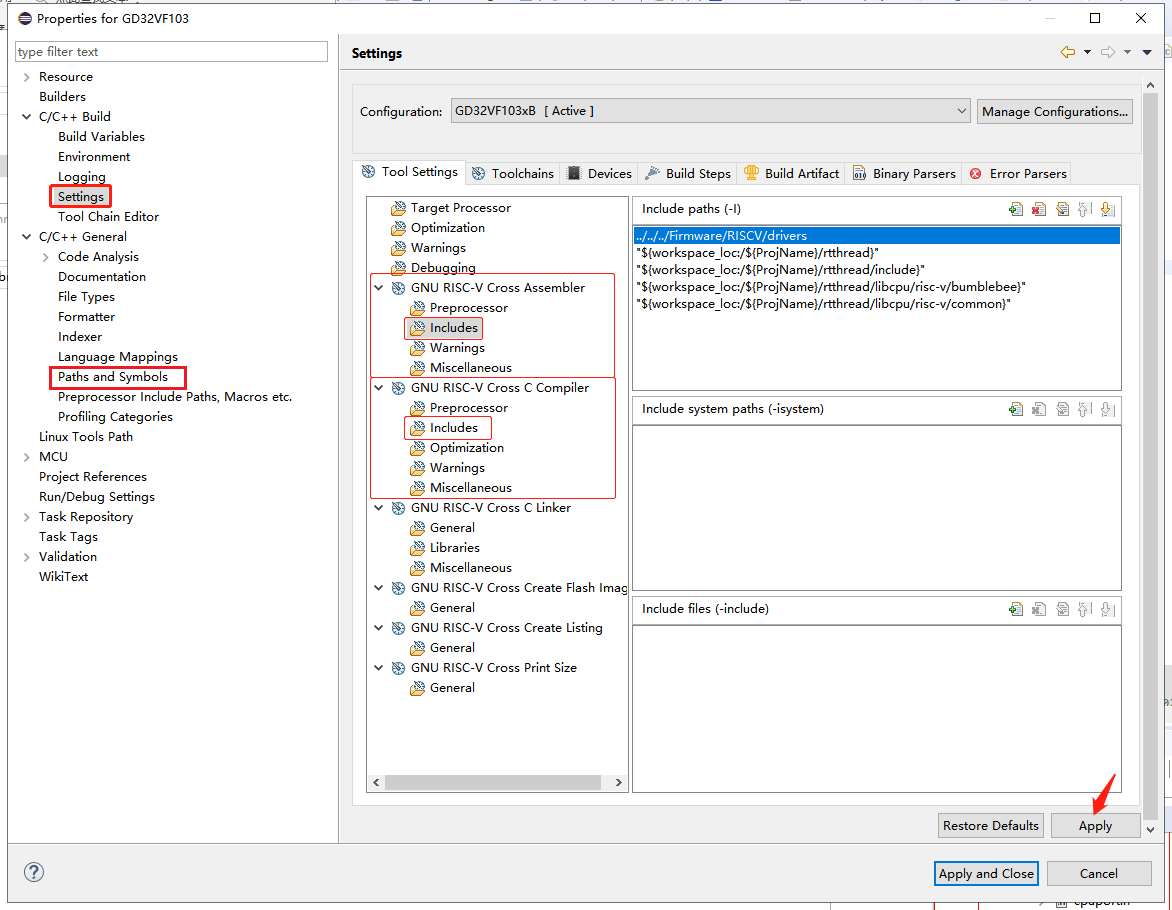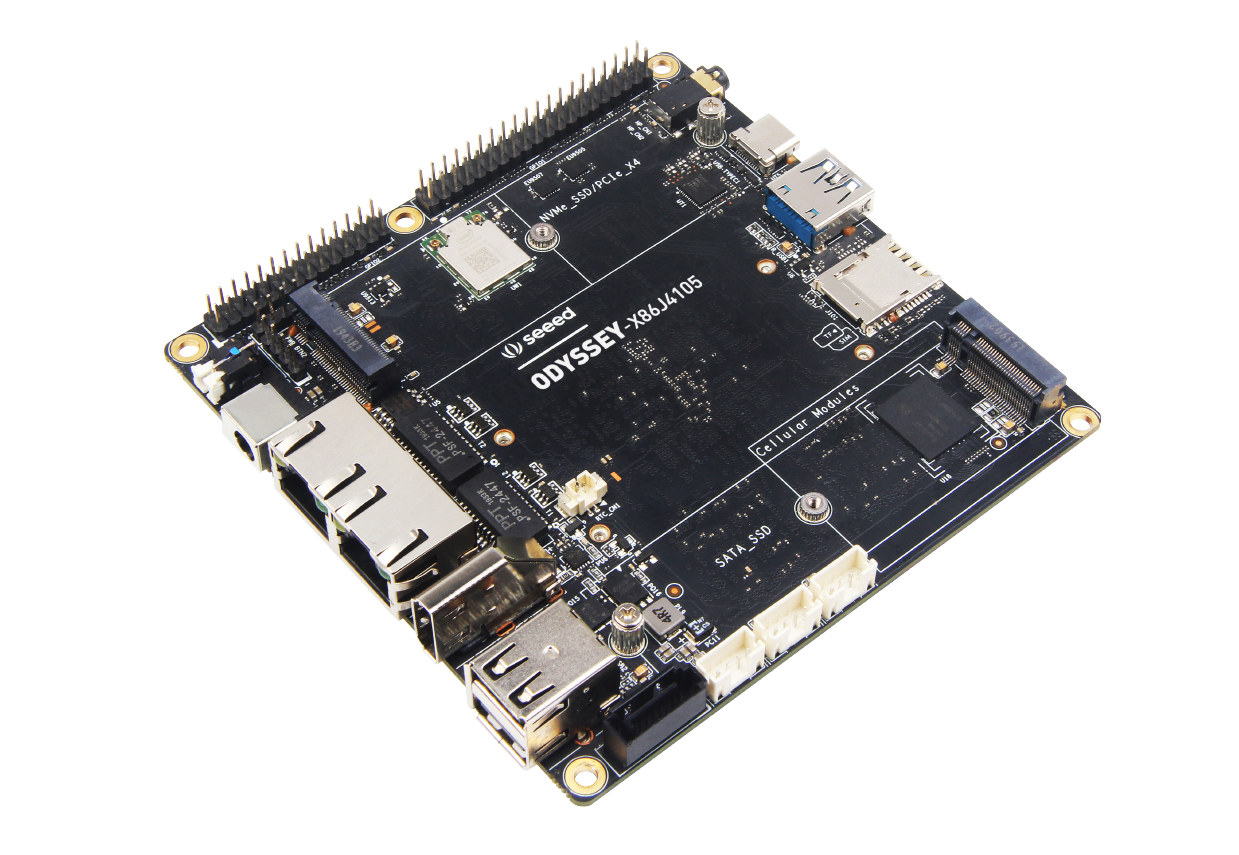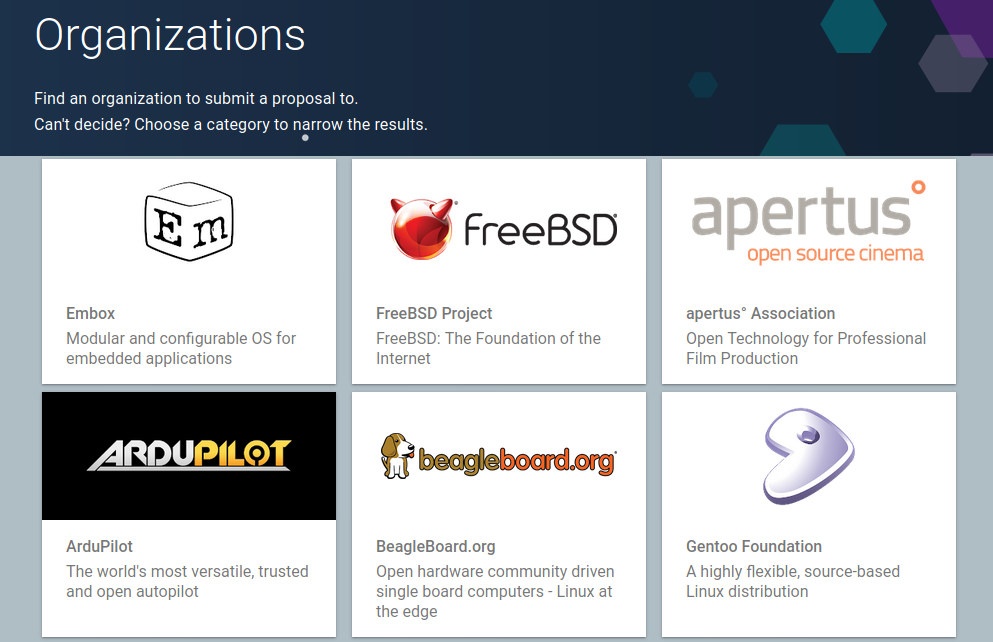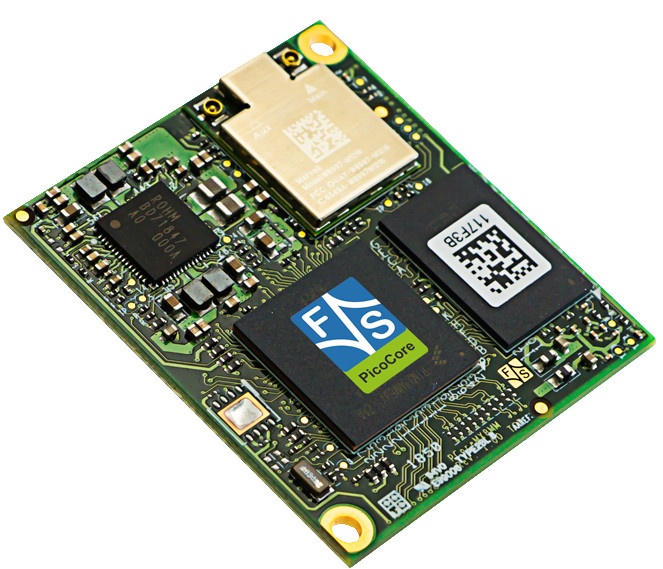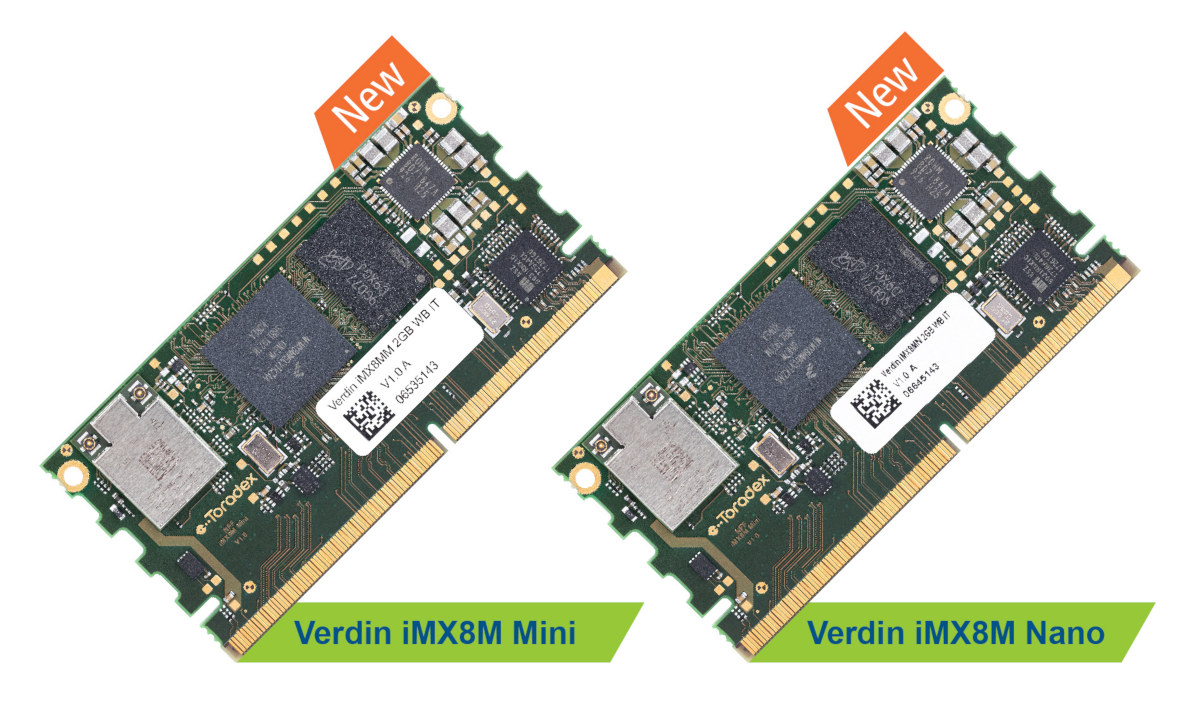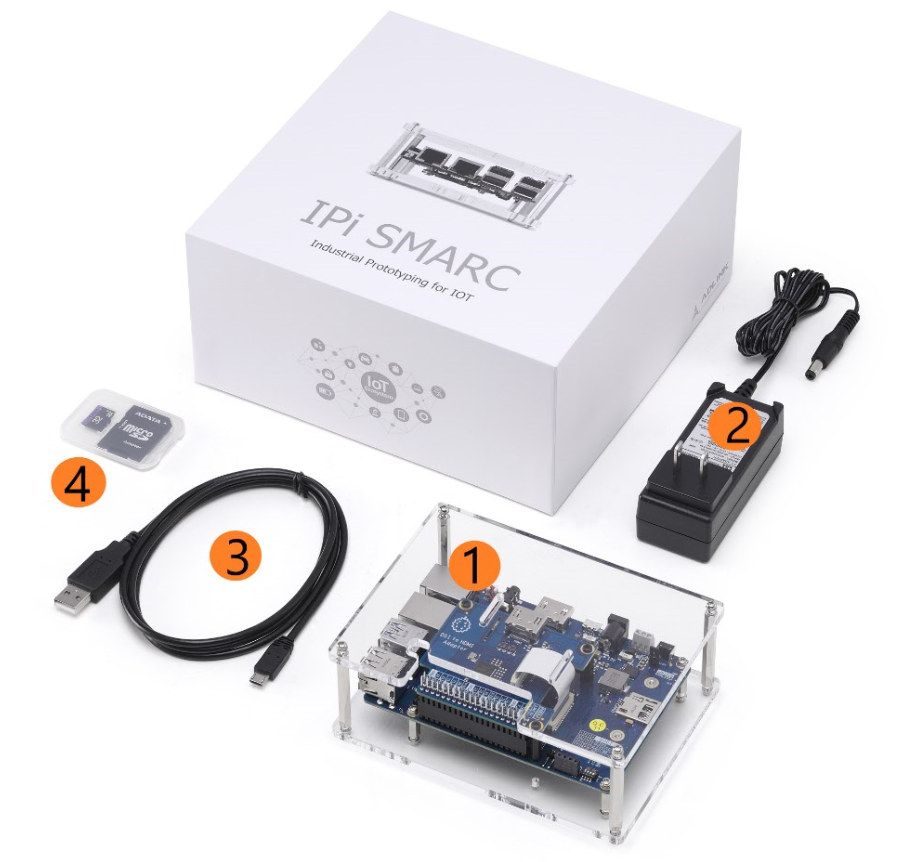The Cosmo Communicator The Cosmo Communicator was released as a crowdfunded handheld device mixing smartphone and a small laptop features such as keyboard and display. It was launched in late 2019 and ran Google Android. Didn’t Ship with Linux Support The original units were shipped and fulfilled the requirements of the crowdfunding campaign, but still were missing something the company had wanted to provide: support for Linux. Debian Linux Support This is now fixed as Planet Computers, the company that makes Cosmo Communicator, just released a version of Debian Linux, that can be installed on the system, with the tools that the company has provided for free on its website. Other Linux Phones There has been some movement in the world of Linux Phones, with the advent of the Purism Librem 5 and the Pine64 PinePhone using the familiar touchscreen interface found in the vast majority of smartphones. Quick Basics […]
Lantronix Snapdragon 865 Development Kit to Support Android 11
If you ever wanted to develop applications for the latest Qualcomm Snapdragon processor, Intrinsyc is always the first company to provide Snapdragon hardware development kits and we’ve covered many over the years including Open-Q 845 HDK and Open-Q 855 HDK. The company has recently been bought by Lantronix, a provider of solutions for the Internet of Things (IoT) and Out of Band Management (OOBM), and we covered one of their products – an RJ45 connector running Linux – over 6 years ago. Lantronix Snapdragon 865 Mobile Hardware Development Kit is the first devkit announced since the acquisition. The board is powered by the latest Snapdragon 865 (SM8250) processor combined with 6GB LPDDR5 RAM, 128GB UFS 3.0 storage. The development kit currently supports Android 10, but it will be one of the first hardware to officially run Android 11 just previewed by Google. Snapdragon 865 Mobile HDK specifications: SoC – Qualcomm […]
Getting Started with RT-Thread Nano RTOS on RISC-V Processors
CNXSoft: This is a guest post by RT-Thread explaining how to create your first program running on their real-time operating system using a GD32V RISC-V MCU board as an example. This article describes how to “port” RT-Thread Nano to the RISC-V architecture, using the Eclipse IDE, GCC toolchain, and a basic project for the Gigadevice GD32V103 MCU. Foreword RT-Thread is an open-source embedded real-time operating system. RT-Thread has a standard version and a Nano version. The standard version consists of a kernel layer, components and service layer, and IoT framework layer, while the Nano version has a very small footprint and refined hard real-time kernel, better suited to resource-constrained microcontroller units (MCU). The main steps for porting Nano are as follows: Prepare a basic Eclipse project and get the RT-Thread Nano source code. Add the RT-Thread Nano source code to the base project and add the corresponding header path. Modify […]
ODYSSEY-X86J4105800 SBC Combines Intel Gemini Lake SoC and Arduino Compatible MCU
Would it be good to have an all-in-one Windows platform used to both develop Arduino code and run that code to control I/O of your project? Or alternatively, have a single board computer capable of video processing and real-time I/Os? That platform already exists. UDOO X86 II SBC features an Intel Braswell processor combined with an Arduino Leonardo compatible Microchip ATmega32U4 MCU. But there’s now another, more powerful option courtesy of Seeed Studio with the oddly named ODYSSEY-X86J4105800 SBC equipped with an Intel Celeron J4105 quad-core Gemini Lake processor to run Windows 10 or Linux distributions, and a Microchip SAMD21 ARM Cortex-M0+ microcontroller compatible with Arduino Zero. ODYSSEY-X86J4105800 SBC specifications: SoC – Intel Celeron J4105 quad-core processor @ 1.5/2.5 GHz (Turbo) with 12EU Intel UHD Graphics 600 @ 250-750 MHz; 10W TDP System Memory – 8GB LPDDR4 RAM Storage Optional 64GB eMMC flash (fitted to ODYSSEY-X86J4105864 model), 1x SATA III data […]
Google Summer of Code 2020 Mentoring Organizations Announced
Every year Google organizes the Summer of Code inviting students to work on open-source projects and even get paid for it. The company first select mentoring organizations, before accepting applications from students. Google has now announced the 200 organizations/projects that have been selected for Summer of Code 2020. Many projects are higher-level software development such as web development or desktop programs development but there are also projects closer to the hardware-side of things with operating systems and multimedia projects. Some interesting organization and/or projects part of the audio / graphics / video / multimedia category include: apertus Association developing AXIOM open-source hardware camera FFmpeg multimedia framework to decode, encode, transcode, de/mux, stream, filter & play audio and video stream found in many projects OpenCV Open Source Computer Vision Library for computer vision and deep learning applications. XOrg foundation for X Window System and related projects such as Mesa, DRI, Wayland, […]
PicoCore MX8MN is a Tiny NXP i.MX 8M Nano Computer-on-Module
The PicoCore MX8MN Nano carries the NXP i.MX 8M Nano F&S Elektronik Systeme has announced the development of the smallest i.MX 8M based CoM yet: the PicoCore MX8MN Nano. Previously we had reported on the Congatec Conga-SMX8 Nano which was a fairly small CoM compliant with SMARC 2.0 standard. The PicoCore MX8MN is based on the NXP i.MX 8M Nano CPU with 1 to 4 Arm Cortex-A53 cores and a Cortex-M7 real-time core. The Nano is set to carry up to 8GB RAM and 32 GB eMMC, with optional WiFI/BT and support for -40º C to 85º C temperature ranges. Similar to Predecessor The PicoCore MX8MN Nano is very similar in structure to the PicoCore MX8MM Mini CoM, but with a different i.MX 8M Mini processor featuring the same Arm Cortex-A53 cores, but the Cortex M4 real-time core is changed to a more powerful Cortex-M7 core in the MX8MN Nano. […]
Toradex Launches New Verdin Arm SoM Family Starting with iMX8M Mini/Nano Modules
So far, Toradex had two Arm-based system-on-module families with the smaller, lower-power Colibri and more powerful Apalis modules. The Colibri form factor was first defined in 2005, and the company is still maintaining it, but since then new interfaces have emerged, so Toradex has now designed a new low-power module family called Verdin. Toradex Verdin modules offer more I/Os with a 260-pin edge connector, include a battery-ready design with a wide input voltage range (3.3 to 5V), low power 1.8V IOs, the ability to easily extend power management to carrier board peripherals, and off-the-shelf thermal solutions. The modules are also tested for EMC, shock and vibration tolerance, and “Toradex Direct Breakout” is said to simplify signal routing on carrier boards as high speed, impedance critical signals are routed from the source IC to the edge connector on the Verdin module in such a ways to limit complexity on the carrier […]
ADLINK Industrial-Pi (I-Pi) SMARC Development Kit Features Rockchip PX30 SoC
ADLINK Technology has just announced the Industrial-Pi (I-Pi) SMARC Development Kit to help engineers quickly design prototypes for industrial applications using peripherals and sensors. The I-Pi SMARC development kit is comprised of a baseboard, LEC-PX30 SMARC-compliant Rockchip PX30 system-on-module, an acrylic case, a 12V/2A power supply, USB cable, and a 32GB MicroSD card. The company promotes the kit as “an industrial-ready substitute for Arduino and Raspberry Pi (RPi) platforms that are commonly used for prototyping but cannot typically be ‘dropped’ into an industrial solution as-is“. LEC-PX30 SMARC System-on-Module Specifications: SoC – Rockchip PX30 Quad-core Arm Cortex-A35 CPU with TrustZone technology, ARMv8 Cryptography Extensions, Mali-G31 GPU System Memory – 1GB or 2GB DDR3L at 1066/1333 MHz Storage – 8, 16, 32 or 64 GB eMMC flash Connectivity – 10/100M Ethernet from SoC, 10/100M Ethernet via LAN9514 USB 2.0 Ethernet controller Video Decoding – H.264 up to 1080p60, H.265/HEVC up to 1080p60, […]


